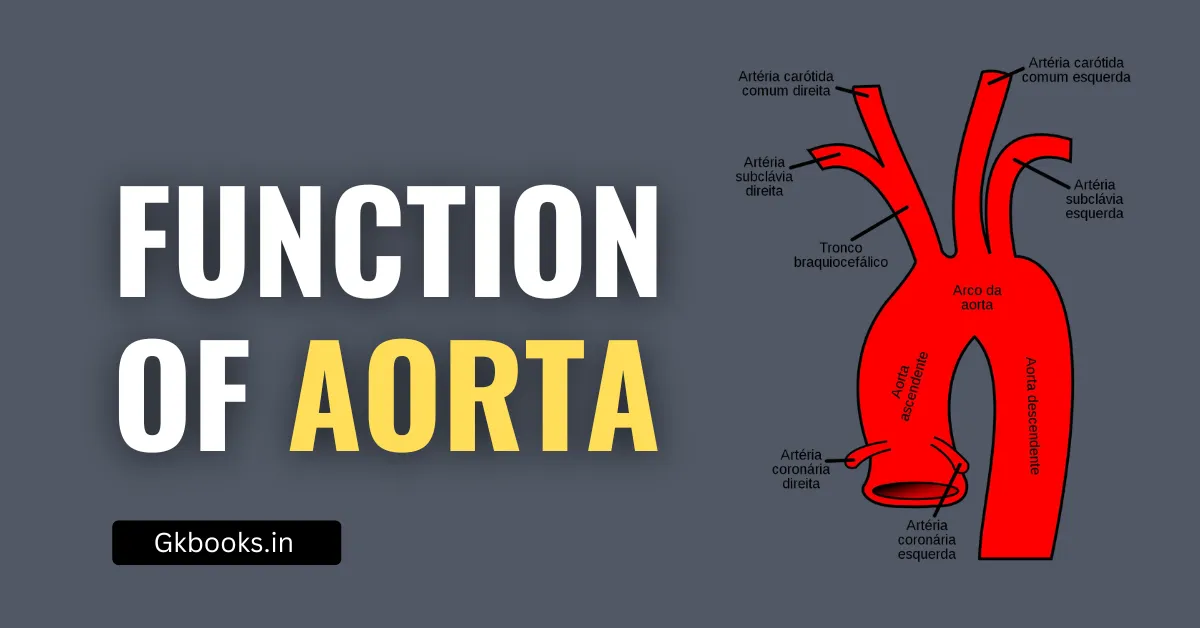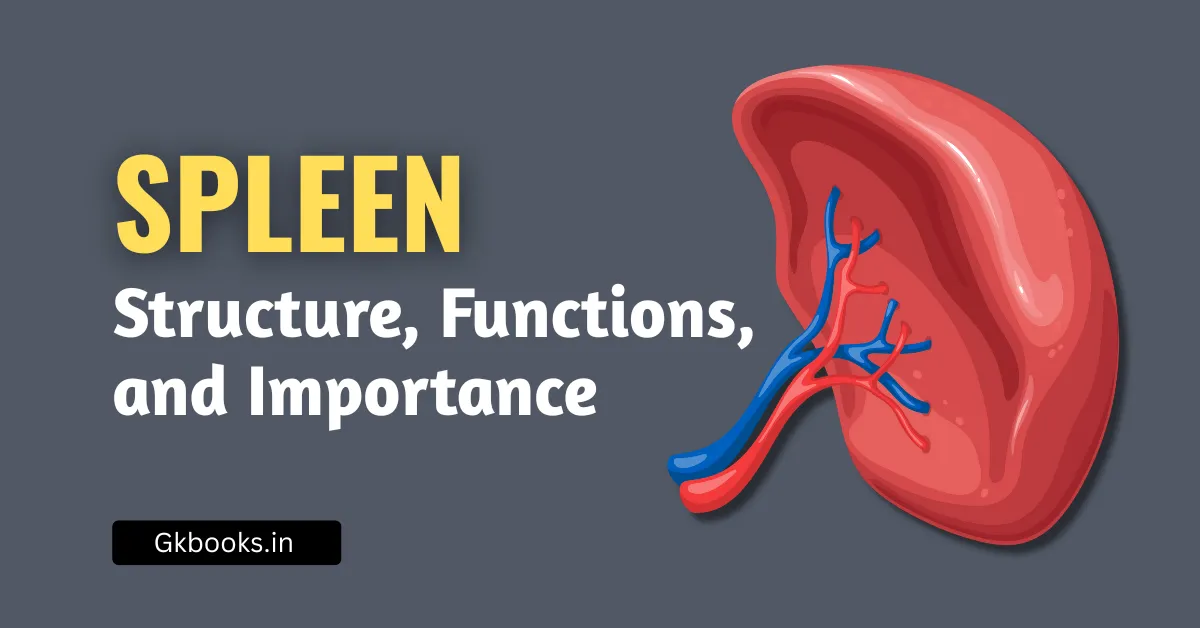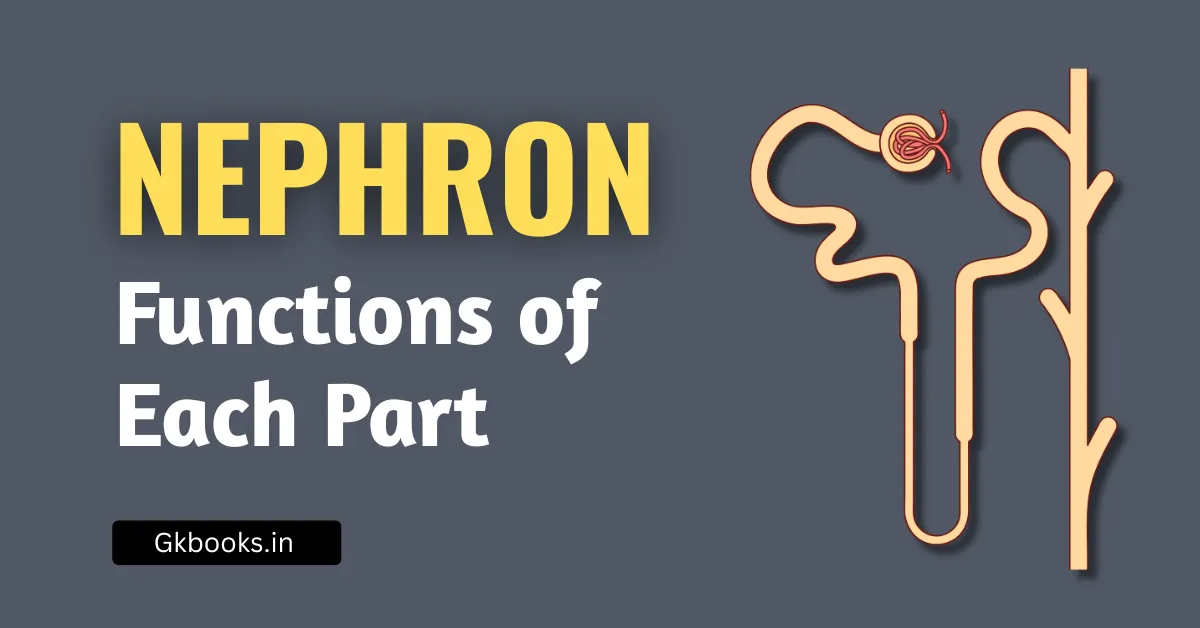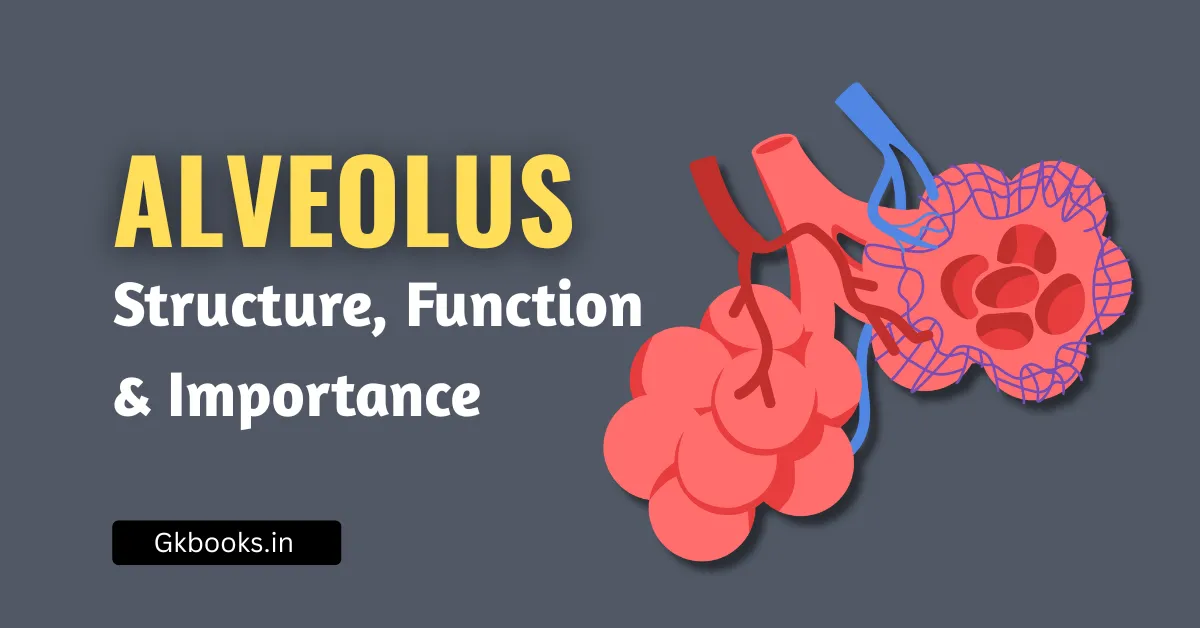Stem Cells – Definition, Types, Functions, and Applications
When it comes to competitive exams like SSC, RRB NTPC, UPSC, and State-level exams, certain biology topics repeatedly make an appearance. Stem Cells is one such topic. If you’ve ever come across questions like “What is the difference between embryonic and adult stem cells?” or “Which Indian institute is leading stem cell research?”, this blog … Read more





















